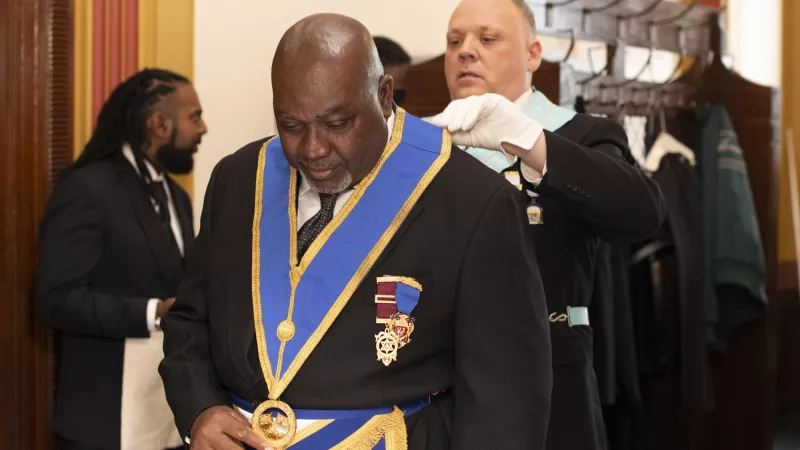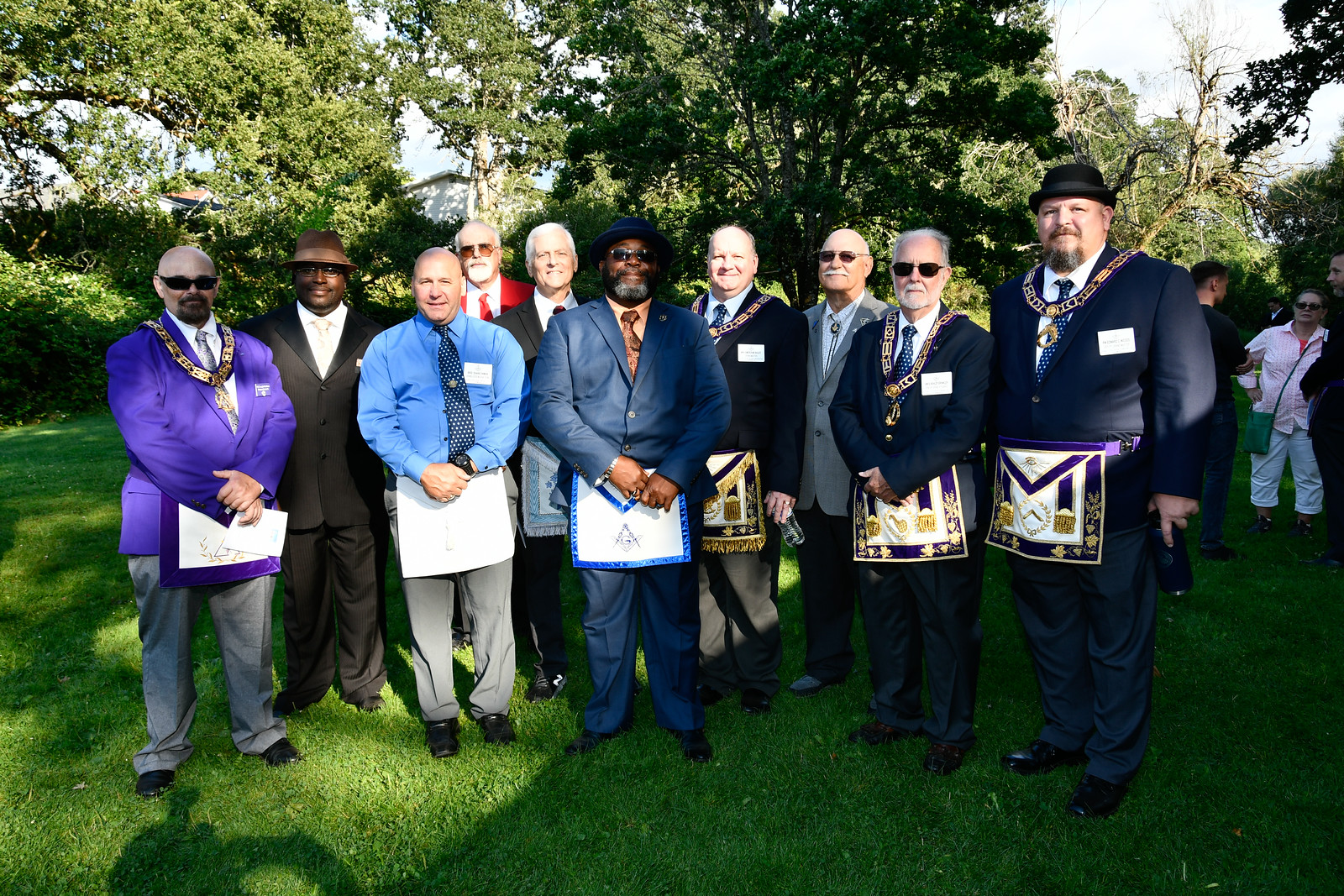Exploring the Practical Benefit of Joining Freemason for Every Individual
Exploring the Practical Benefit of Joining Freemason for Every Individual
Blog Article
Discovering the Mysteries of the Freemason: What You Need to Know
The Freemason, a term frequently shrouded in intrigue and debate, represents a complex tapestry of historical truth and modern-day misconception. Developed in the late 18th century, this secret culture was at first rooted in the Knowledge's ideals yet has actually since become synonymous with conspiracy theories concerning elite control.
Beginnings of the Freemason
The beginnings of the Freemason are soaked in a blend of historical intrigue and ideological eagerness. Established in 1776 in Ingolstadt, Bavaria, by Adam Weishaupt, the team was originally developed as a secret society targeted at advertising Knowledge suitables such as reason, secularism, and the splitting up of church and state. Weishaupt, a professor of canon law, looked for to challenge the dominating authority of the church and state, which he deemed oppressive institutions suppressing intellectual and individual flexibility.
The Freemason sought to recruit significant members from various social markets, including national politics, academia, and the arts, to promote a network committed to these Enlightenment concepts. The society run under a shroud of secrecy, employing coded language and rituals to protect its participants from persecution, specifically given the repressive environment of the moment. However, the Freemason encountered substantial opposition from both governmental authorities and spiritual establishments, which saw the team as a hazard to their power.
Secret Figures and Members
That were the crucial numbers that formed the Freemason's early influence and instructions? The Bavarian Freemason, established in 1776 by Adam Weishaupt, became a feedback to the oppressive social frameworks of the time. how to become a freemason. Weishaupt, a regulation teacher, imagined the company as a way to promote Knowledge perfects such as reason, secularism, and equal rights. His initial employment initiatives included significant pundits, such as Baron von Knigge, that played an important role in broadening the group's membership and business framework.
An additional considerable number was Johann Gottlieb Fichte, a prominent theorist whose concepts on nationalism and education and learning reverberated with the Freemason's objectives. Fichte was not an official member, his thoughtful underpinnings affected the group's belief. In addition, numbers like the writer and philosopher Johann Wolfgang von Goethe were connected with the wider intellectual movements of the time, although their straight involvement with the Freemason continues to be discussed.
These key figures contributed to the Freemason's early direction, pushing the borders of political and social idea, while their cumulative efforts aimed to test established standards and cultivate an environment of modern adjustment in Europe.
Myths vs. Fact
Lots of misconceptions surround the Freemason, often mixing fact with fiction in a means that obscures its real nature. This secret culture, initially established in 1776 in Bavaria, intended to advertise Knowledge perfects and battle religious and political injustice. The idea that the Freemason remains to apply significant influence over globe events is a misconception. While the group did exist, it was dissolved in the late 18th century and has actually not operated as a natural entity since then.
Another common misconception is that the Freemason makes up a network of elite individuals manipulating international events. In truth, numerous conspiracy theories overemphasize the group's significance, attributing misguided intentions to societal trends and occasions. This has resulted in an oversimplified sight of complicated issues.

Modern Analyses
Contemporary analyses of the Freemason usually mirror broader societal anxieties and a fascination with privacy and power. This modern-day lens often links the Freemason with conspiracy theory concepts that suggest a concealed elite coordinates globe occasions, controling federal governments and economies for their very own gain. Such stories tap into an ingrained distrust of authority, particularly in times of crisis or social upheaval.

In addition, some contemporary analyses frame the Freemason as an allegory for the intricacies of globalization and the interconnectedness of significant individuals and organizations. This viewpoint encourages a vital exam of exactly how power characteristics run in today's world, highlighting the equilibrium between transparency and privacy in governance and company practices.
Social Influence and Legacy
Influenced by centuries of intrigue, the social impact and heritage of the Freemason prolong far past its historic beginnings. This secret culture, developed in the late 18th century, has actually penetrated various elements of preferred society, from literature and film to music and art. The concept of the Freemason has actually advanced into a sign of conspiracy theory theories, usually representing a regarded covert power controling worldwide occasions.
In literary works, writers like Dan Brown have actually woven the Freemason into intricate plots, captivating visitors with motifs of privacy and power. Films such as "National Treasure" and "The Da Vinci Code" even more bolster the attraction of the culture, mixing reality with fiction to create engaging stories.
The Freemason's influence over at this website additionally prolongs right into music, with artists referencing the organization to evoke styles of disobedience and societal review. This portrayal has actually added to a fascination with the concept of clandestine groups controlling the levers of power, reflecting societal anxiousness concerning authority and transparency.
Ultimately, the Freemason's heritage is a complicated tapestry of myth and reality, shaping understandings of privacy and control in modern discourse. Its long-lasting visibility in culture underscores mankind's perennial pursuit for comprehending concealed realities.
Conclusion
The exploration of the Freemason discloses a complicated interplay in between historic facts and modern myth-making. Established in the Enlightenment period, this culture intended to challenge oppressive structures, yet its tradition has been outweighed by conspiracy look at here now theories that suggest elite adjustment. Comprehending the distinctions in between the original perfects and contemporary analyses is essential for understanding the withstanding attraction with the Freemason and its significant influence on cultural narratives bordering power and secrecy in culture.
Report this page